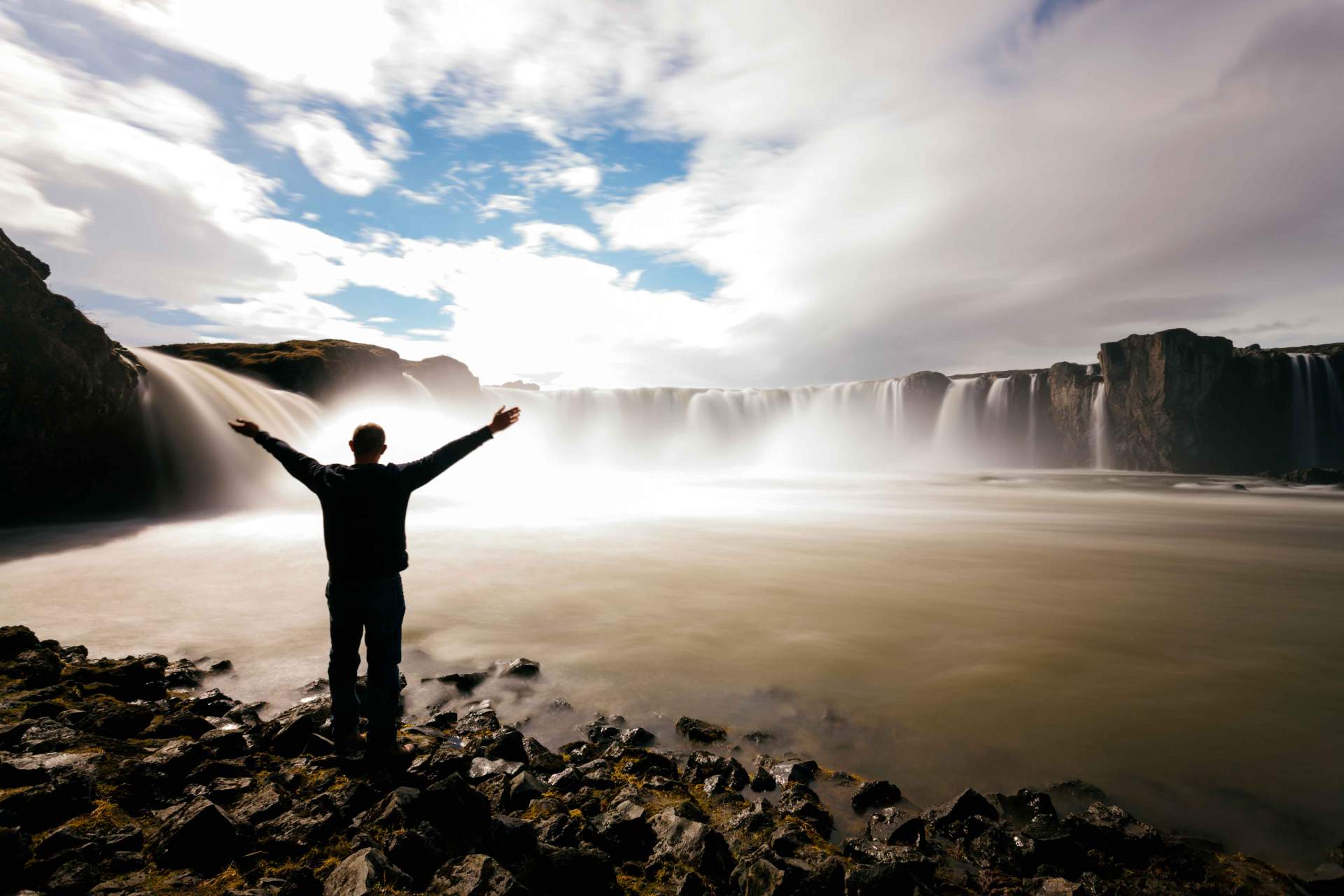The demise of stuff?
12 December, 2017 Reading: 2:49 mins
It’s a fact. We’re all buying less stuff. But we’re still spending more. The past decade has seen the gradual rise of the so-called ‘experience economy’.

It’s a fact. We’re all buying less stuff. But we’re still spending more. The past decade has seen the gradual rise of the so-called ‘experience economy’. A new world order where personal and social engagement has grown and flourished, nibbling away at our insatiable appetite for ‘things’ on their relentless journey to the recycling centre, or landfill.
Recent Barclaycard figures highlighted this shift, with spending using their cards in pubs, restaurants, theatres and cinemas up by an astonishing average of over 12%, whilst spending in department stores and on vehicle sales and household appliances dropped by an average of nearly 5%.
Clearly not great news for retailers, but it’s vital knowledge for brands that want to understand what their customers are looking for in their busy lives. Certainly making better use of their limited free time will be even higher on their agendas.
To further underline this change, Steve Howard, Head of Sustainability at IKEA the world’s largest furniture retailer, recently announced “If we look on a global basis, in the west we have probably hit peak stuff.” A pretty brave (or reckless) statement from such an ambitious global brand.
Not too many years ago, in a less gadget-fuelled universe, the prize of choice in most retail competitions was a family holiday in the Costas with endless Sangria included. Their replacement in recent decades with TVs, cars and iPads will almost certainly see a reversal moving forward, with more adventurous experiential holidays in exotic locations across the globe firmly back in the frame.
Particularly prevalent towards the end of the last century, materialism meant that individuals measured the quality and success in their lives through their accumulation of possessions. That measure of status is quickly being replaced by the places we’ve been and the things that we’ve done.
And although some areas of tech may see a decline in sales, the growth of VR, AR and an endless stream of other technological innovation on an almost daily basis is opening new and more immersive ways to give consumers ever more realistic virtual experiences, expanding the opportunities for brands to engage with their customers without placing greater pressure on their valuable time.
Of course, the term experiential is a broad term, and brands are constantly finding new ways to engage with their audiences. This lovely example for the charity Misereor takes on the complex problem of fundraising and solves it in a beautifully simple way: https://goo.gl/4xi9ja
So why should businesses that don’t sell ‘stuff’ on the high street (real or virtual) be thinking seriously about this? Simply because the people that buy data management systems or gene editing expertise at a B2B level are still consumers. And the ways they’re thinking are changing. So the ways to engage them are changing too.
We’re constantly looking to ensure that we use our knowledge of market and consumers trends to inform our approach at a strategic and creative level. And at the end of the day, what better way to build a positive, long term relationship with your customers and prospects than to interact with them at a personal level.